Castlevania III: Dracula’s Curse – A Retro Review
When it comes to NES classics, “Castlevania III: Dracula’s Curse” often emerges in the conversation as a title of legend. Released in 1990 by Konami, this prequel to the original “Castlevania” game was not just a return to form; it was an expansion of a formula that was already beloved by fans of the platforming genre.
Developed by Konami, a company that had already established itself as a purveyor of quality with titles like “Contra” and “Metal Gear,” “Castlevania III” saw the developers pushing the NES hardware to its limits. Konami’s commitment to the “Castlevania” series was evident in every whip crack and every haunting note of the game’s soundtrack.
Graphics and Music: A Baroque Masterpiece
The visual presentation of “Castlevania III” was a marvel to behold. The game’s gothic aesthetics were beautifully rendered in 8-bit, with backgrounds featuring crumbling ruins, eerie forests, and the imposing castle of Dracula himself. The character sprites were detailed and varied, from the animations of the hero Trevor Belmont to the plethora of monstrous enemies he faced.
The music was, without exaggeration, a masterpiece of chiptune composition. Tracks such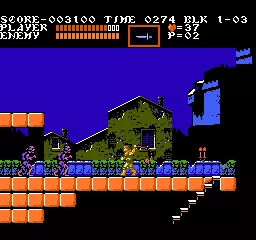 as “Beginning,” “Mad Forest,” and “Aquarius” have become iconic within the gaming community for their ability to evoke atmosphere and emotion using the limited audio capabilities of the NES hardware. The soundtrack was not just background music; it was an integral part of the “Castlevania III” experience, driving the action and enhancing the gothic horror ambiance.
as “Beginning,” “Mad Forest,” and “Aquarius” have become iconic within the gaming community for their ability to evoke atmosphere and emotion using the limited audio capabilities of the NES hardware. The soundtrack was not just background music; it was an integral part of the “Castlevania III” experience, driving the action and enhancing the gothic horror ambiance.
Gameplay: Branching Paths and New Allies
The gameplay of “Castlevania III” took the whip-cracking action of the first game and introduced branching paths, giving players a semblance of choice in how they approached Dracula’s defeat. This non-linear progression was a breath of fresh air and added significant replay value to the game.
Adding depth to the gameplay were the three new characters—Sypha Belnades, Grant DaNasty, and Alucard—each with unique abilities. Sypha wielded powerful magic, Grant could climb walls and ceilings, and Alucard could turn into a bat. These characters could be recruited by the player, and gamers could switch between them and Trevor, adding strategic layers to the gameplay.
Story: A Tale of Darkness and Family
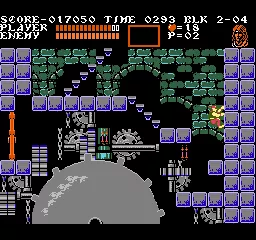 Set in 15th century Europe, “Castlevania III” told the story of Trevor Belmont’s quest to defeat Dracula and save humanity from darkness. The game’s narrative was minimal by today’s standards, but it didn’t need elaborate cutscenes to convey its story. The mood was set by the game’s environments and the grim determination of its characters.
Set in 15th century Europe, “Castlevania III” told the story of Trevor Belmont’s quest to defeat Dracula and save humanity from darkness. The game’s narrative was minimal by today’s standards, but it didn’t need elaborate cutscenes to convey its story. The mood was set by the game’s environments and the grim determination of its characters.
Reactions and Release Year Sentiment
Upon release, “Castlevania III” was met with critical acclaim. Its challenging gameplay, combined with its visual and auditory achievements, made it an instant classic. Players were enthralled by the game’s difficulty, which was seen as a return to the series’ roots after the experimental detour of “Castlevania II: Simon’s Quest.”
Key Facts About the Game
- “Castlevania III: Dracula’s Curse” introduced multiple playable characters to the series for the first time.
- The game featured a region-specific audio chip called the VRC6 in the Japanese version, which enhanced the game’s music with additional channels not present in the Western release.
- Konami utilized a special memory management controller to allow for more detailed graphics and larger character sprites than in previous NES games.
- It was one of the first games to offer multiple endings depending on the player’s choices and which characters were recruited.
Replay Value and Community Perspective
The introduction of multiple characters and branching storylines ensured that “Castlevania III” had a high replay value. Players could return to the game and have a different experience by taking alternate routes or by choosing different allies to accompany Trevor.
Within the retro gaming community, “Castlevania III” remains a beloved title. A member of the “Retro Replay” community, Jonathan Avery, commented:
“Even after all these years, ‘Castlevania III: Dracula’s Curse’ stands as one of the pinnacles of the NES library. Its blend of challenging gameplay, atmospheric graphics, and that unforgettable soundtrack makes it a game I revisit time and again. It’s a masterclass in game design that modern titles could still learn from.” – Jonathan Avery,Retro Replay community member
Gameplay Mechanics and Challenges
Delving deeper into the mechanics, “Castlevania III: Dracula’s Curse” is a testament to the era of punishing yet rewarding gameplay. Each level presented unique challenges, from navigating the clock tower’s gears to surviving the onslaught of enemies in the haunted ship. Precision was key, as Trevor’s movements were deliberate, and timing your attacks and jumps had to be impeccable to survive the game’s relentless difficulty.
The bosses were memorable not only for their design but also for their difficulty. Battles would often require pattern recognition and quick reflexes, punishing any mistake with a swift defeat. Each victory felt earned, and each new ally added to your roster made you feel increasingly powerful, even as the challenges ramped up.
The Historical Context of Gaming at the Time
When “Castlevania III” was released, the video game industry was experiencing a renaissance after the crash of 1983. The NES was at the height of its popularity, and Konami was contributing some of the finest titles available for the console. In this context, “Castlevania III” wasn’t just another game; it was a statement—a demonstration of what the NES could do and what game developers could create within its limitations.
Final Thoughts and Legacy
The legacy of “Castlevania III: Dracula’s Curse” is enduring. It influenced countless games that followed, and its DNA can be seen in modern indie titles that seek to capture the magic of the 8-bit era. The game has been re-released on various platforms over the years, allowing new generations of players to experience its gothic adventure.
As a testament to its lasting impact, the game was one of the primary inspirations for the “Castlevania” animated series on Netflix, which brought Trevor Belmont and his companions to life for both old fans and newcomers to the franchise.
Conclusion
“Castlevania III: Dracula’s Curse” is more than just a game; it’s a piece of gaming history. For those who were there at its release, it’s a cherished memory of a golden age. For those discovering it today, it’s a challenging journey into the past that still stands tall against the test of time. It’s a must-play for any retro enthusiast and a title that deserves its place in the pantheon of gaming greatness.
“Castlevania III: Dracula’s Curse” is not just a game—it’s an experience, one that continues to captivate and challenge players, proving that true artistry in game development is timeless.
Castlevania III Wikipedia Page
Castlevania Series Official Site
The verdict.
Graphics - 90%
Sound - 89%
Gameplay - 89%
Replay value - 100%
92%
"Even after all these years, 'Castlevania III: Dracula's Curse' stands as one of the pinnacles of the NES library. Its blend of challenging gameplay, atmospheric graphics, and that unforgettable soundtrack makes it a game I revisit time and again. It's a masterclass in game design that modern titles could still learn from.
 Retro-Replay.com Retro gaming reviews, news, emulation, geek stuff and more!
Retro-Replay.com Retro gaming reviews, news, emulation, geek stuff and more!
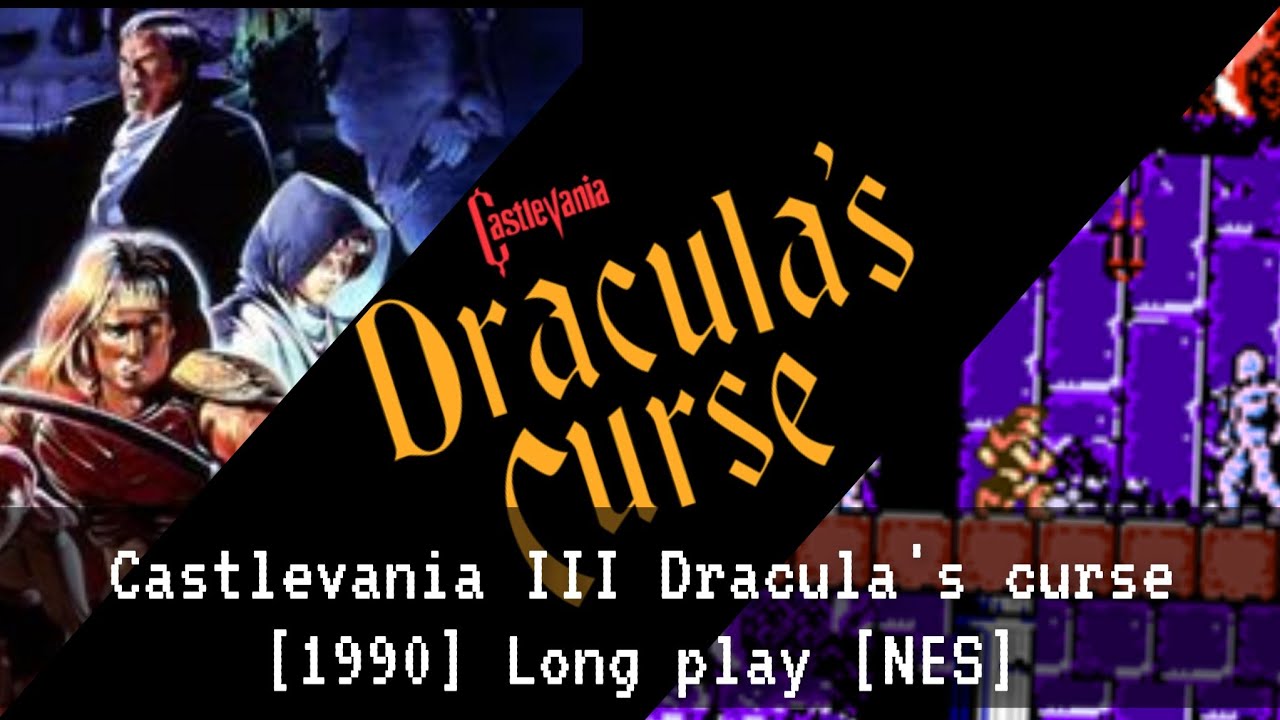
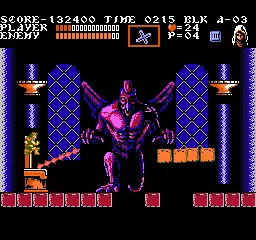
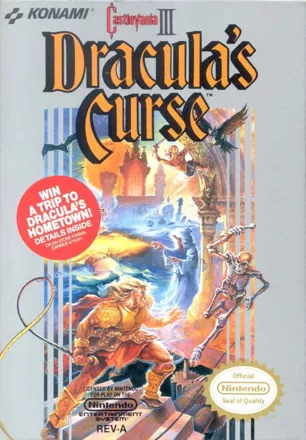
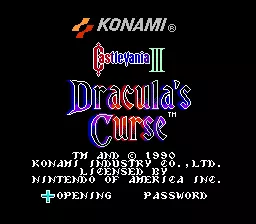
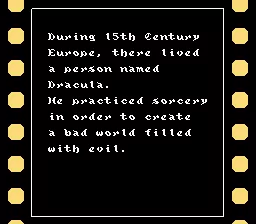
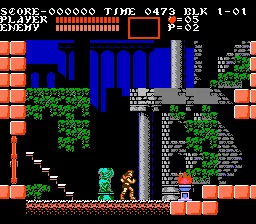
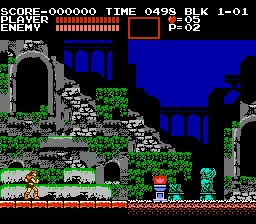
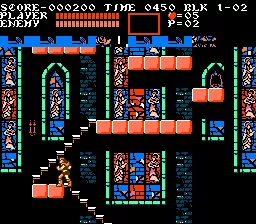
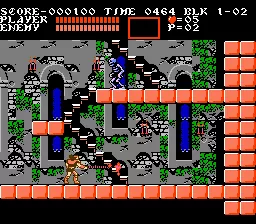
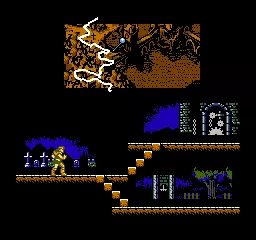
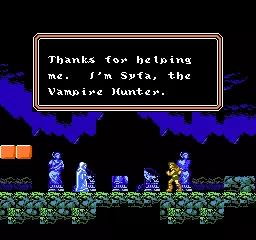
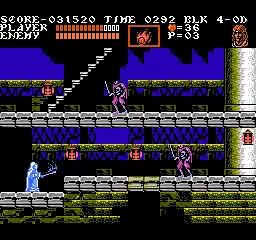
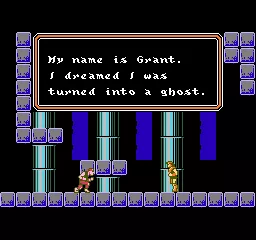
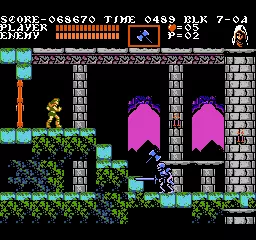
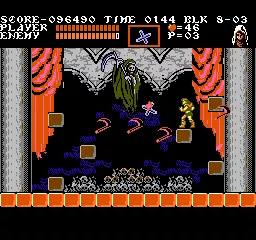
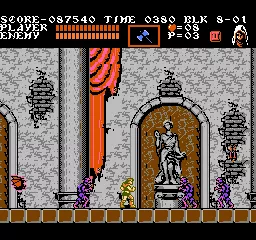
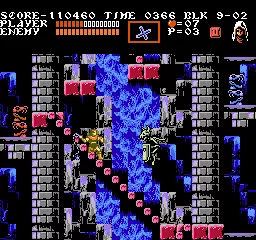
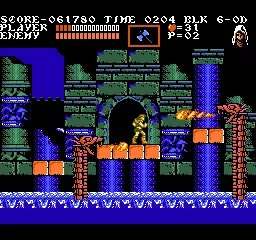
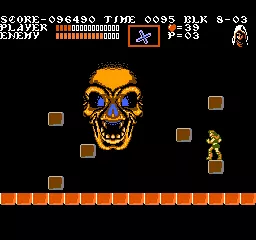
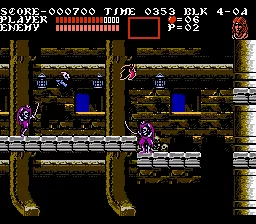


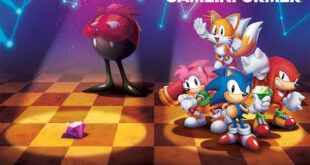

Heroes n vilains from both sides, automatic rifles rulez.